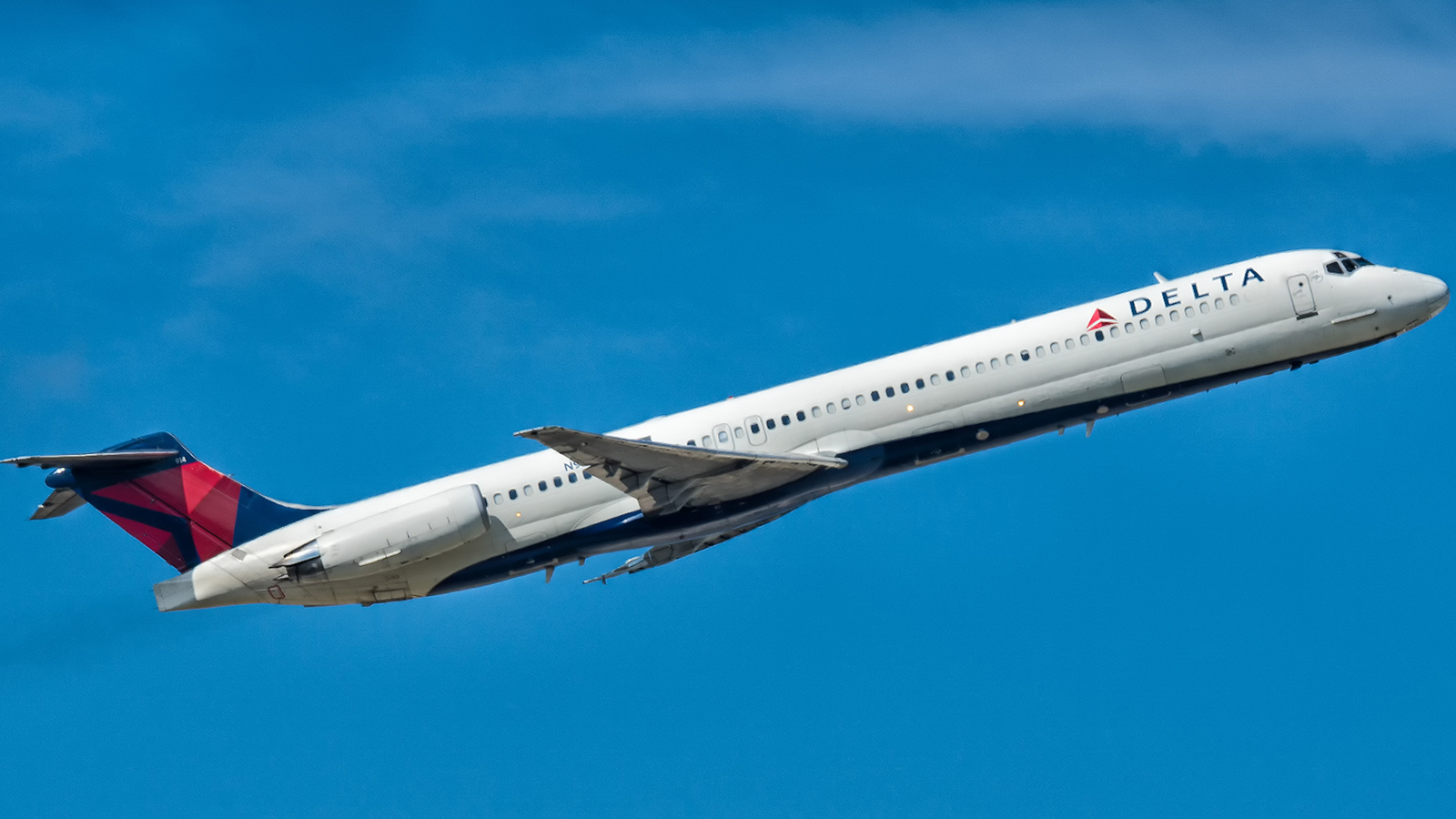Stay Up to Date
Submit your email address to receive the latest industry and Aerospace America news.
Passenger's video of Delta engine depicts the mystery
The Delta airliner that enthralled aviation watchers Monday with a jaw-dropping in-flight video of its broken left engine was put back into service Wednesday with a new engine, as the mystery continued over what went wrong.
Video taken by passenger Logan Webb with his Storyful app shows a cone-shaped object bouncing around the front of the engine near a glowing orange ring. The pilots diverted to Raleigh, N.C., and none of the 148 passengers reported injuries, according to Delta.
Experts who reviewed the video at my request aren’t sure what the orange ring was, but Delta quickly identified the loose part as the engine’s spinner, the cone-shaped fairing located at the center of the engine that ensures air flows smoothly into the engine.
A loose spinner is “almost unheard of,” said Clint Balog, a former pilot and professor at Embry-Riddle Aeronautical University in Florida.
Loose spinners are unusual “in part because of the number of fasteners that hold one on and in part because they are not subjected to extreme forces during operation,” Balog said.
The damaged engine, a JT8D-219 made by Pratt & Whitney, was replaced and sent to Atlanta for evaluation, a Delta spokeswoman said. As of Thursday, the U.S. National Transportation Safety Board had not decided whether to launch an investigation. The agency was still gathering information about the “amount of damage that was done, the kind of damage that was done, [and] the circumstances of the emergency landing,” a spokesman there said.
“It is incredible” the loose spinner didn’t cause more damage, said Joel Godston, a former engineer at Pratt & Whitney. With a spinner bouncing in front of the engine’s fan blades, “air would not go into the engine smoothly and that could cause the compressor blades [that prepare air for combustion] to stall,” Godston said. Worst-case scenario, the spinner could have been “digested” by the compressor blades and caused a fire.
John Hansman, a professor of aeronautics and astronautics at MIT, thinks the risk of engine fire was low because the spinner was “too big to go through the fan blades” of the engine.
“Because it started right in front of the fan, the initial impact is not at high speed,” he said by email. “As a consequence, it just bounces off the blades. The flow into the engine holds it there.”
About cat hofacker
Cat helps guide our coverage and keeps production of the print magazine on schedule. She became associate editor in 2021 after two years as our staff reporter. Cat joined us in 2019 after covering the 2018 congressional midterm elections as an intern for USA Today.
Related Posts
Stay Up to Date
Submit your email address to receive the latest industry and Aerospace America news.




